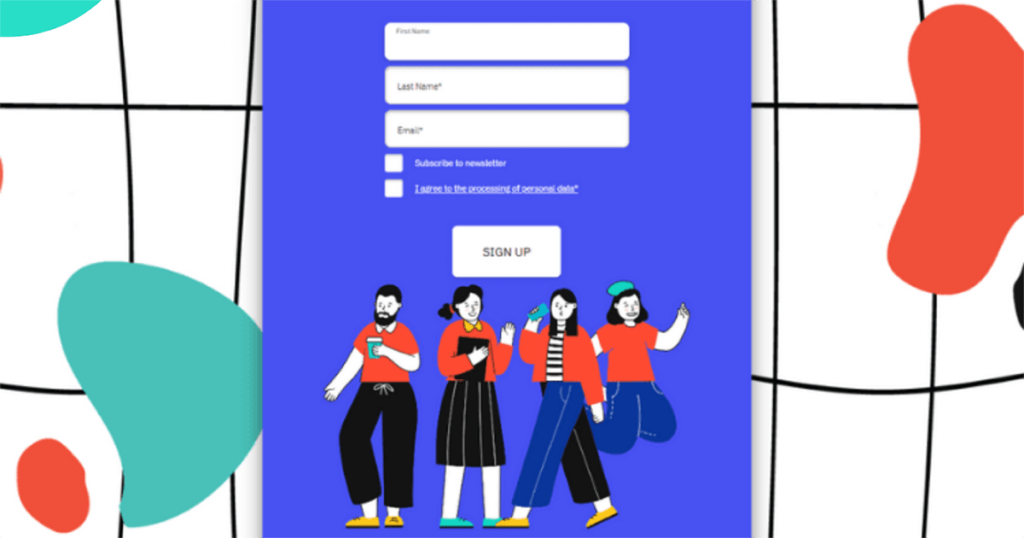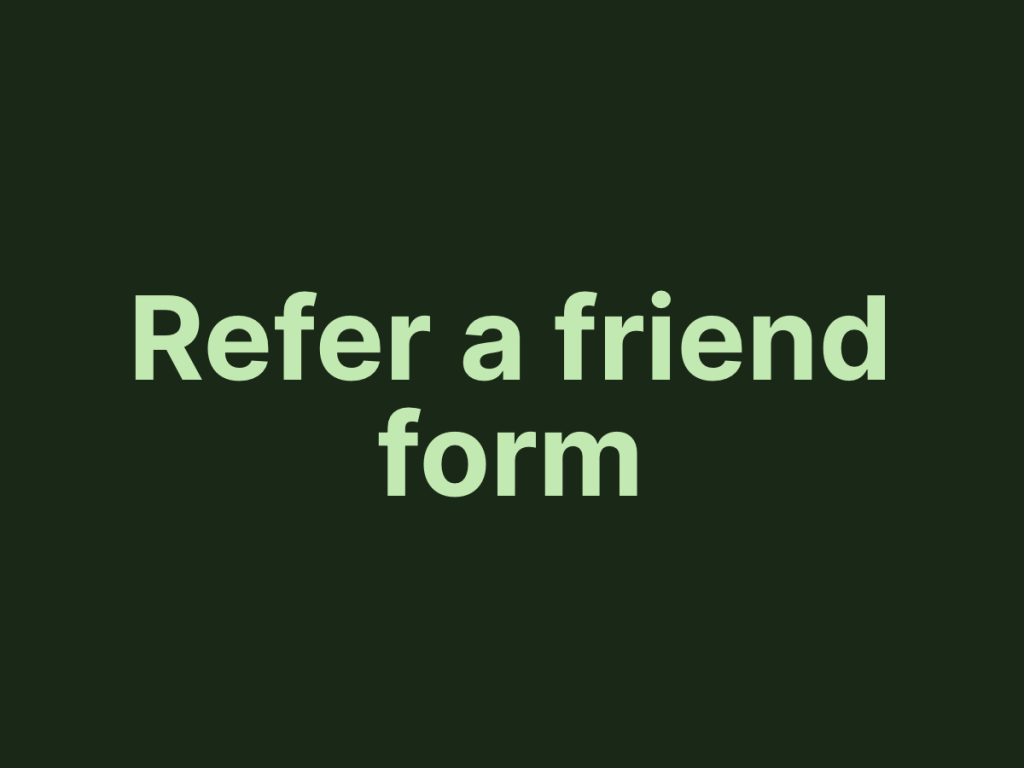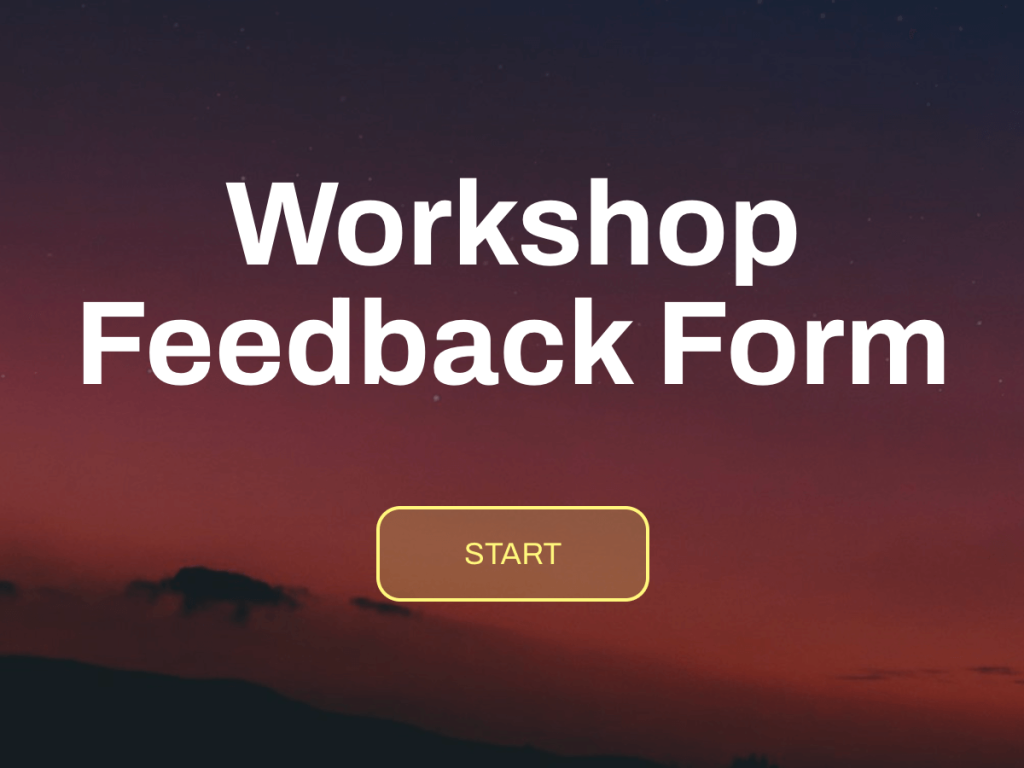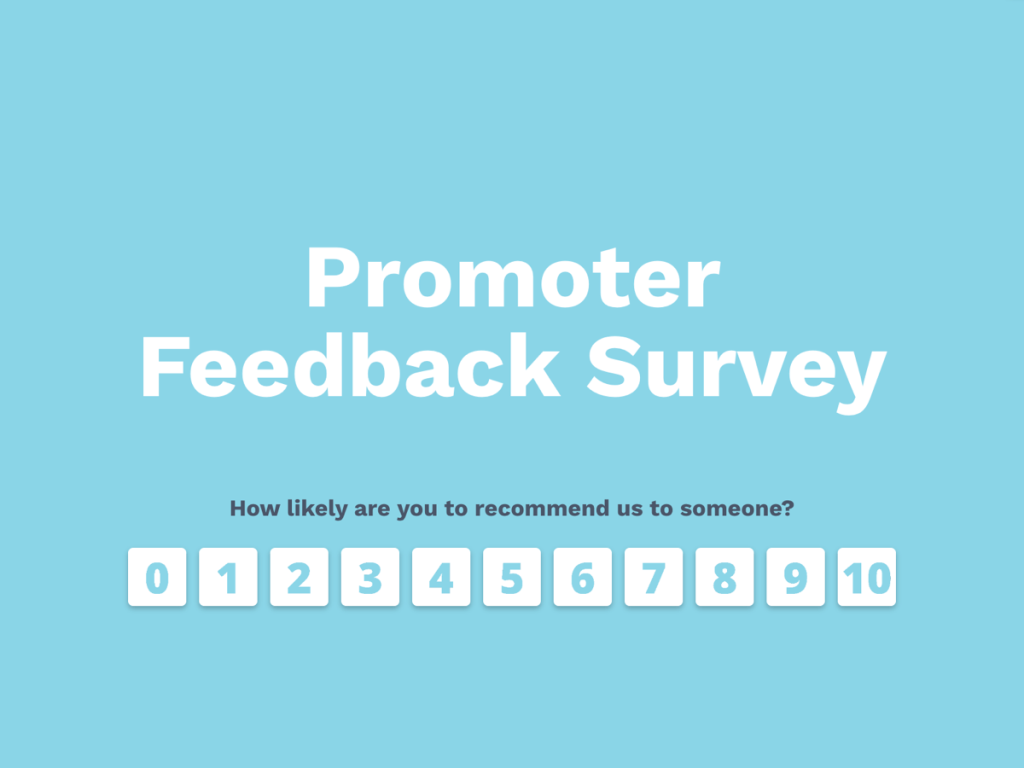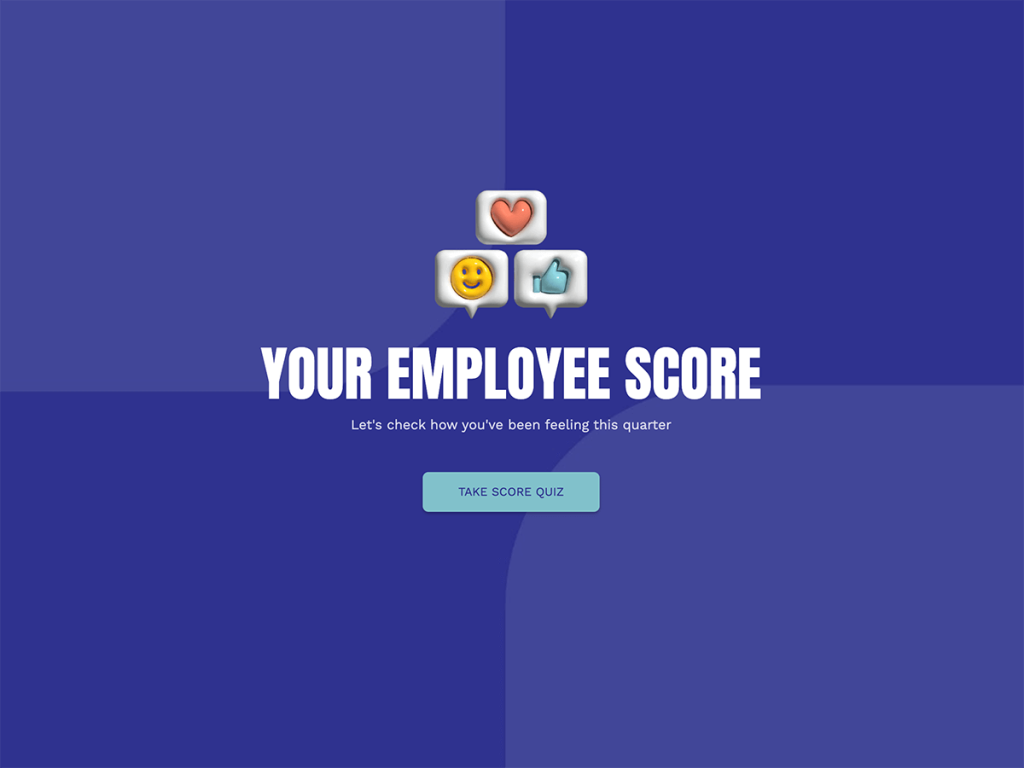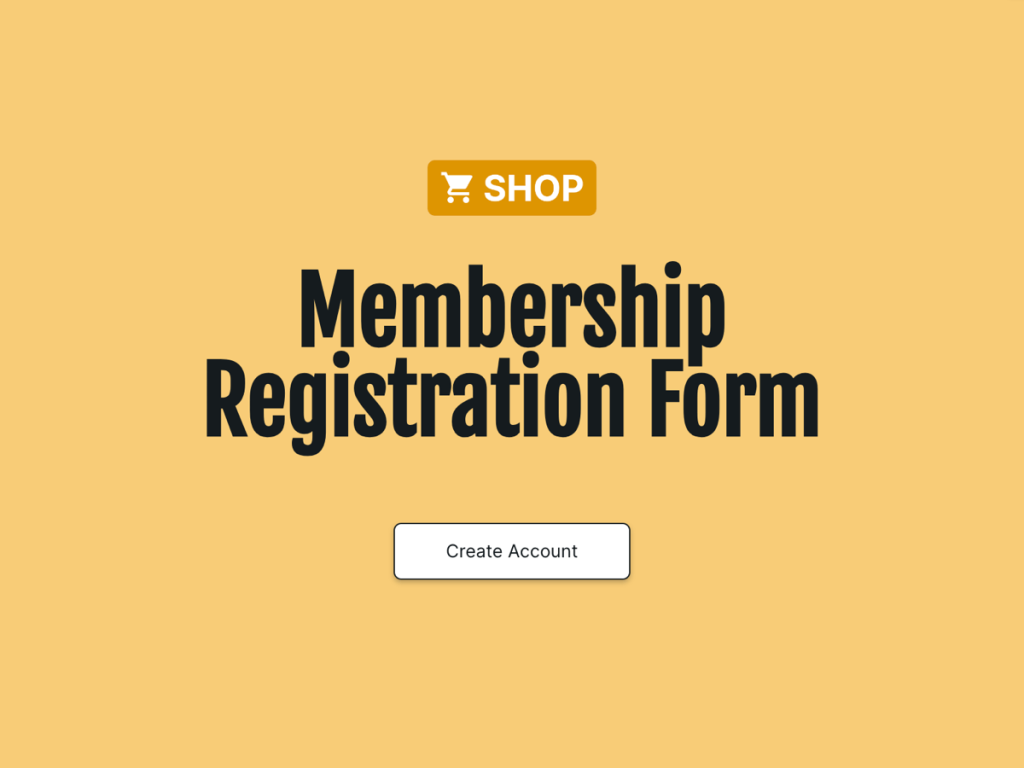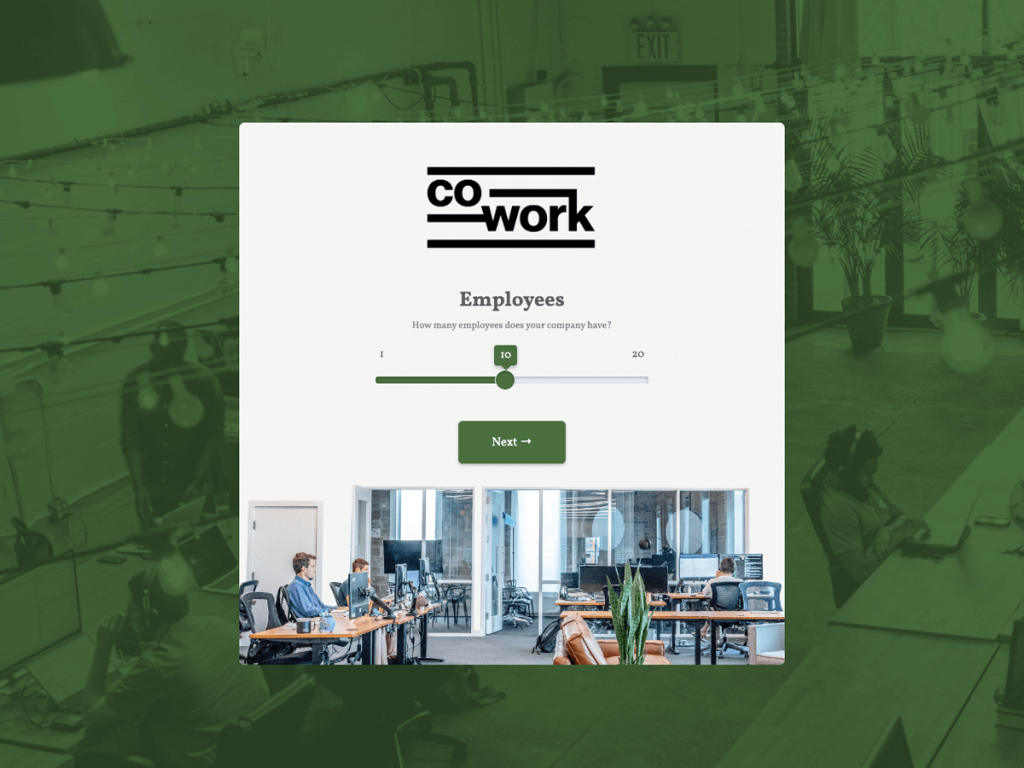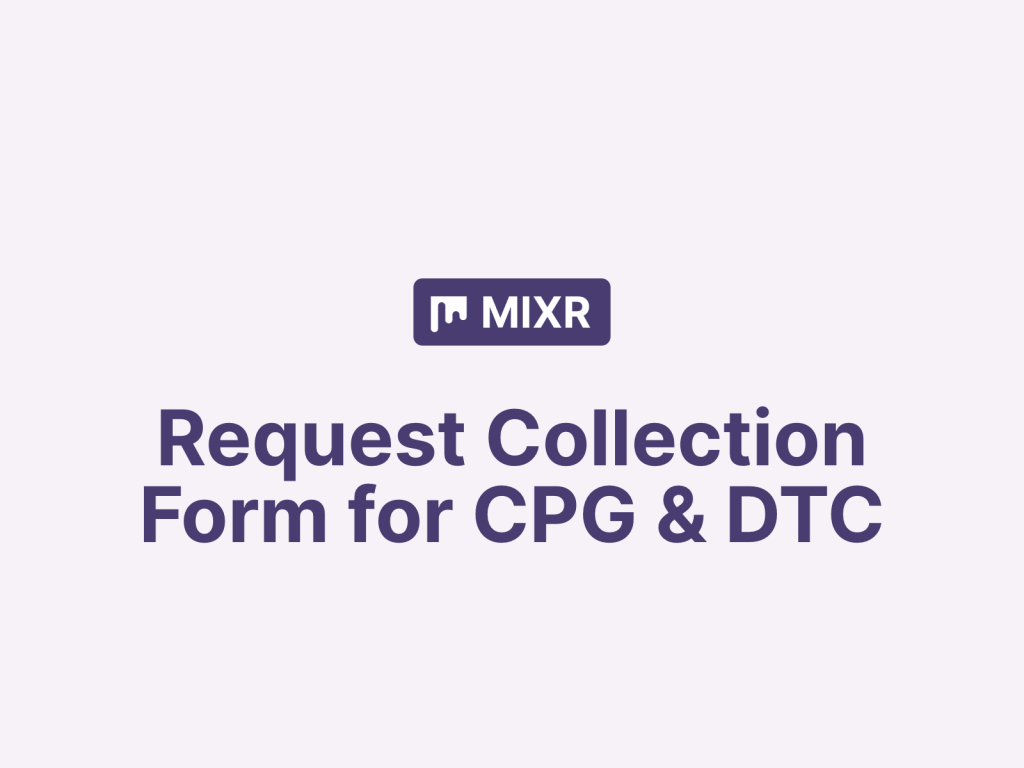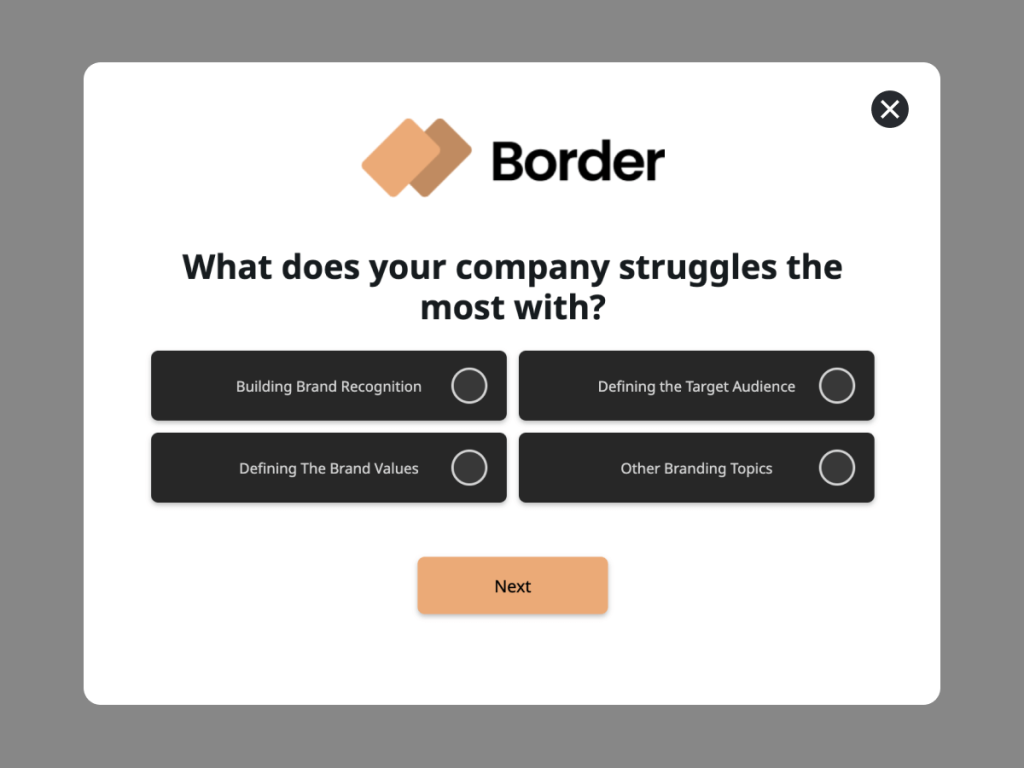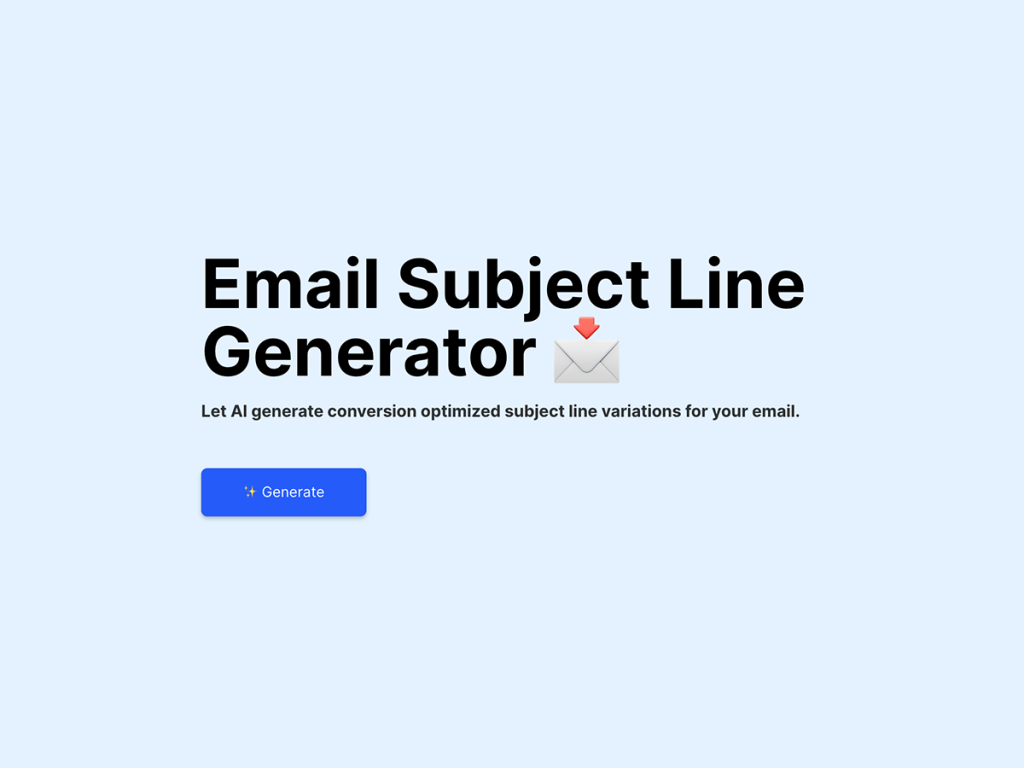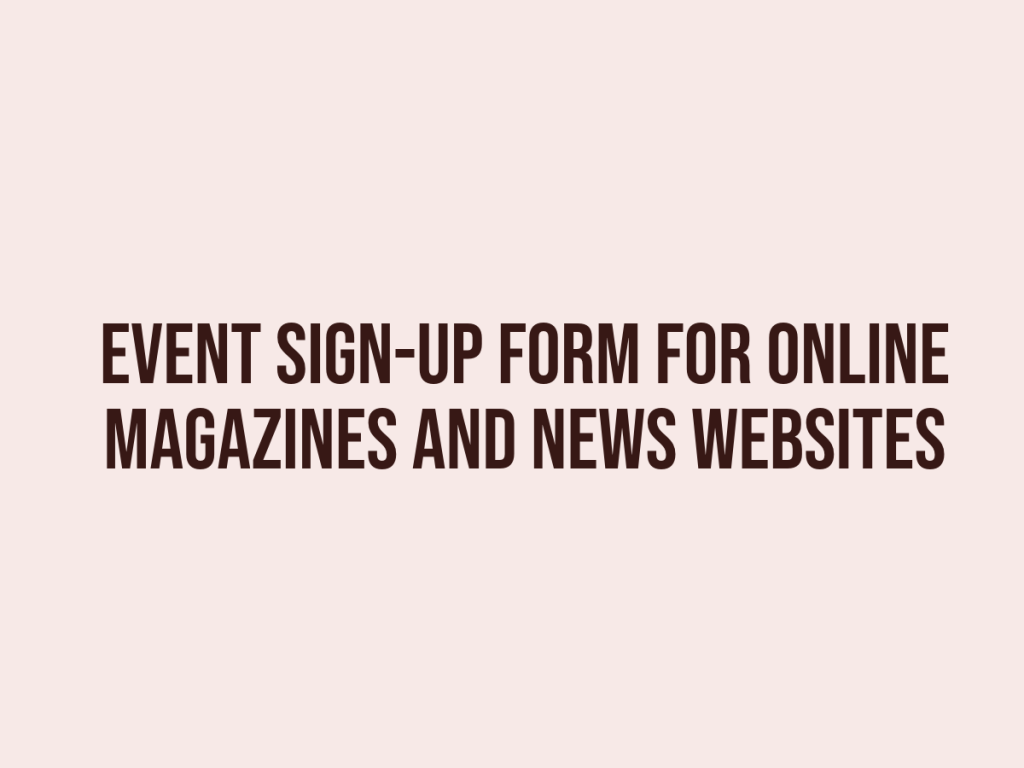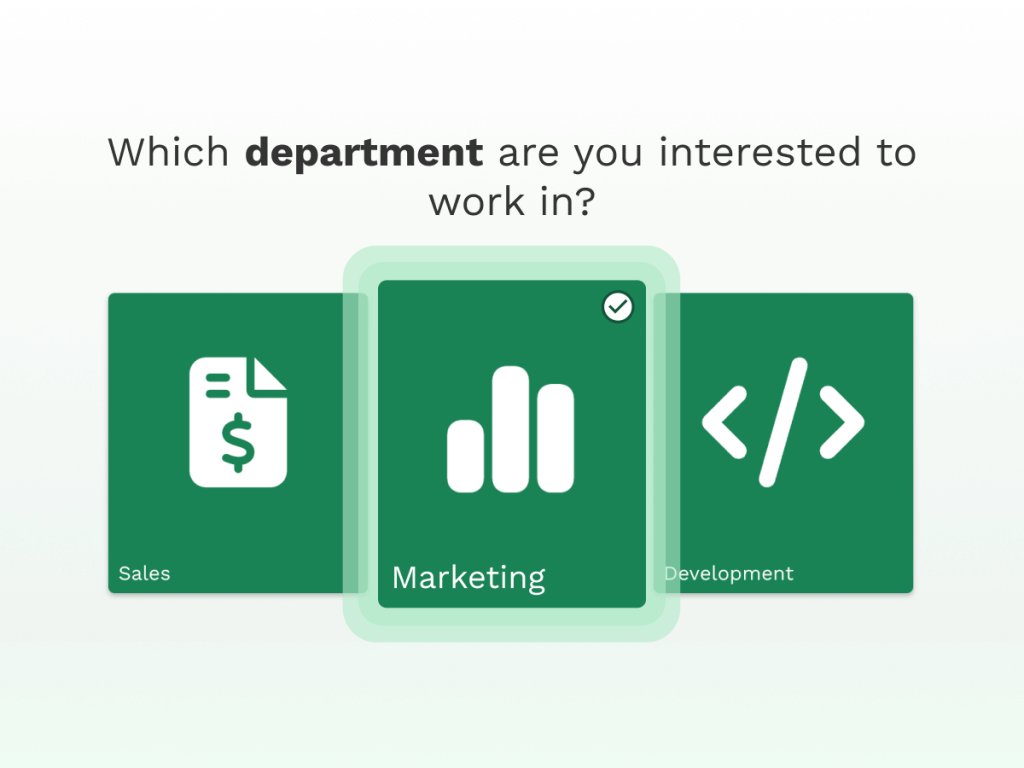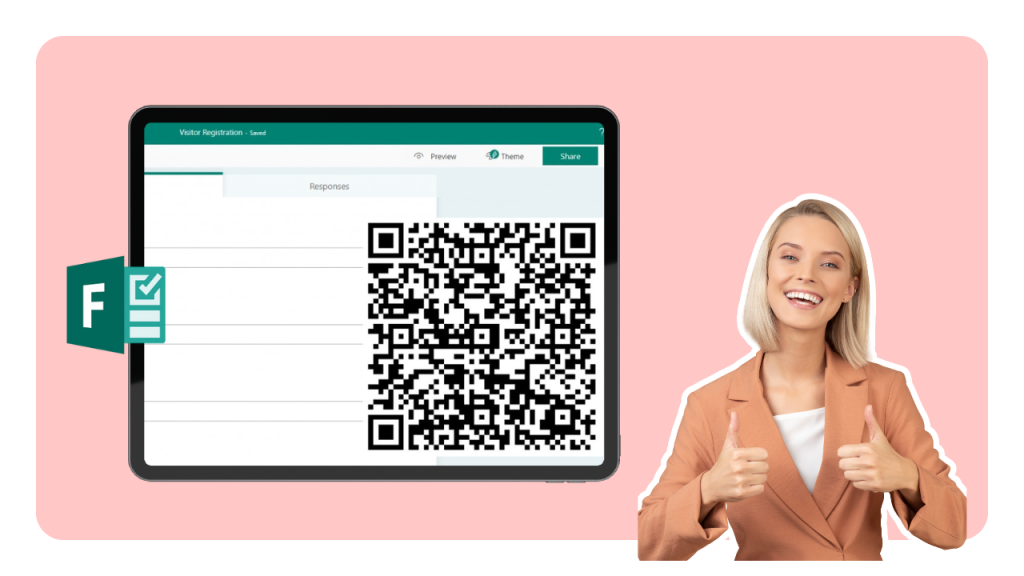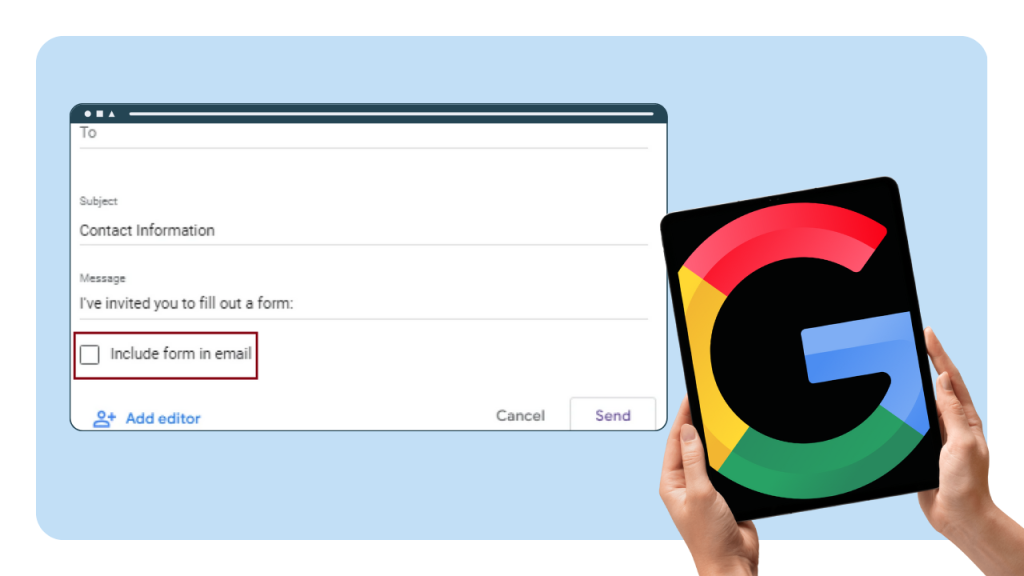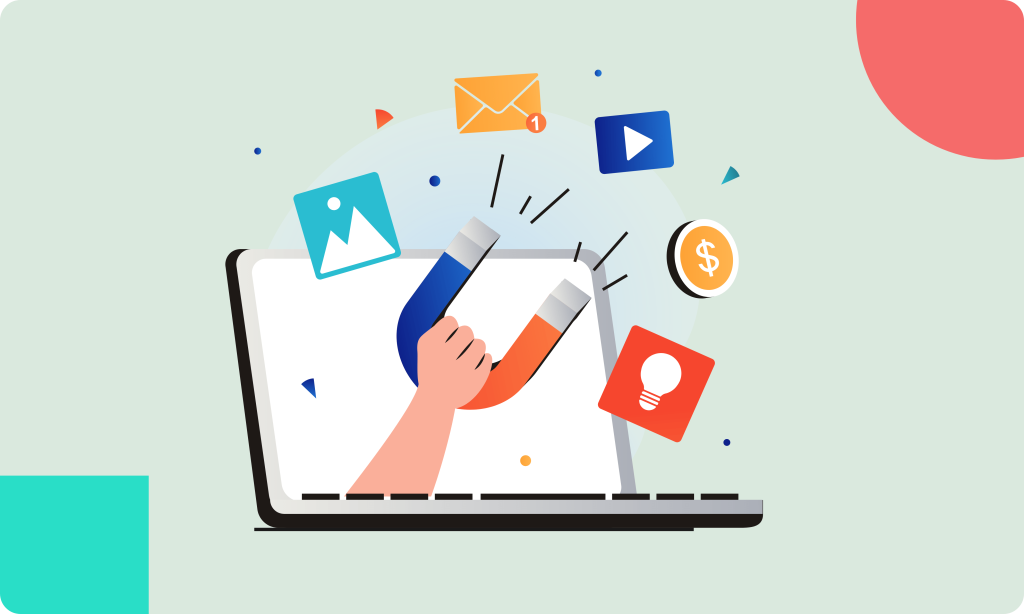If you have ever filled out a website form, like 84% of people on the web do every week, then you will know how much time they can take. You will also learn how much you appreciate a fun, dynamic, and straightforward process. Filling out forms could be for anything from completing a transaction to completing a questionnaire.
Get Started with Multi-Step Forms
With One Of Our 300+ Responsive Form Templates
Refer a Friend Form Template
B2B Product Finder Template
Workshop Feedback Form Template
Promoter Feedback Survey Template
Employee Engagement Survey Template
Membership Registration Form for Retail Template
Making online forms fun is essential yet complex for some companies to grasp.
Simple design and features are the most effective. For example, companies that use white backgrounds and large graphic designs for their landing pages have the highest engagement rate. Users remember their site because of its fun features.
Fun increases memory retention and boosts emotional response. If your form is fun, your customers will remember it and realize what makes a good form.
Sales strategies should evoke an emotional response through emotional intelligence to influence their decision-making.
Neuro-linguistic programming (NLP) encourages sellers to organize their thinking. Thus, marketers need to evoke an emotional response to influence how their customers use their forms.
Websites rely 100% on their features to communicate with customers. In comparison, face-to-face marketing can see a customer's response and align their technique accordingly.
A website relies solely on the installed features, which need to be engaging as they work alone to engage an audience and cannot amend themselves to keep a customer's attention.
How exactly do you keep a customer’s attention and allow them to have a memorable experience?
That is what you will discover in this guide.
No longer will you want to use a corporate voice or dull design elements to engage an audience, as you will realize it does not work.
Instead, you will discover the importance of fun in forms to encourage users to stay engaged.
Let’s go.
1. Use Animation
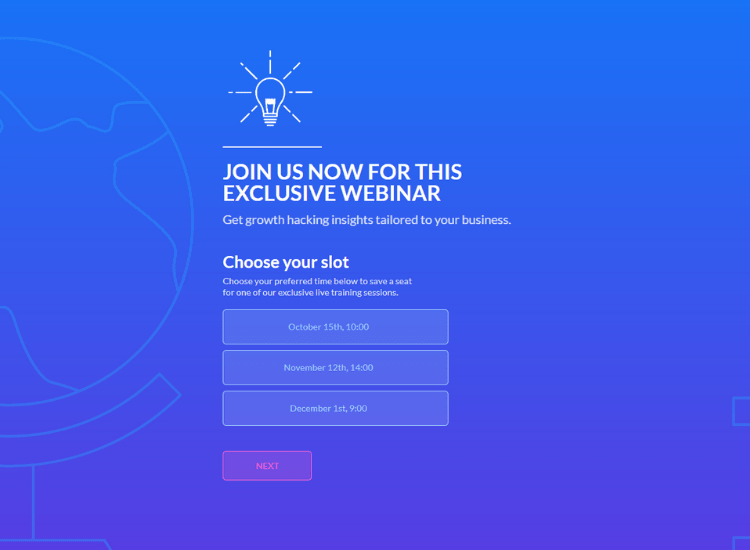
Animation is a simple yet effective way of encouraging audiences to engage with content online. Animation techniques companies are abundant can use that will help users engage with the pages of your website.
The use of animation can encourage a user to have fun, be educated, or both.
Animation can either be exaggerated or subtle, depending on your preferences. Subtle animation is often the most popular choice, as it makes the page appear more valuable and easy to navigate.
Fewer elements, or single elements, can represent multiple things and make the landing page much more straightforward.
Loud and bold animation can often be distracting. Here are a few examples of the most valuable and beautiful animation features.
Buttons responding over hovering: a page can appear reasonably minimal and somewhat flat, easy for users to navigate.
Then, a button that responds during hovering will animate to signal to the user that they are over the control and therefore attracts attention.
Page transitions: simple page transitions tell a user that they are navigating from page to page. It informs users that they have loaded the page that they have clicked on.
An animation can disguise the page’s loading time.
Hence, simple transitions can enhance a user’s experience as it allows them to know the page is loading and can fulfill their instant loading needs.
Page transitions can also make the waiting game fun. Nobody likes waiting for pages to load, so a quick animation will keep the customer entertained while waiting for the form’s next page.
Progress bars: filling out forms can often consist of several pages. A progress bar can display to a user how far into the form they are, encouraging them to continue.
On the same note as progress bars, error codes and checkboxes are useful animation features that offer users feedback.
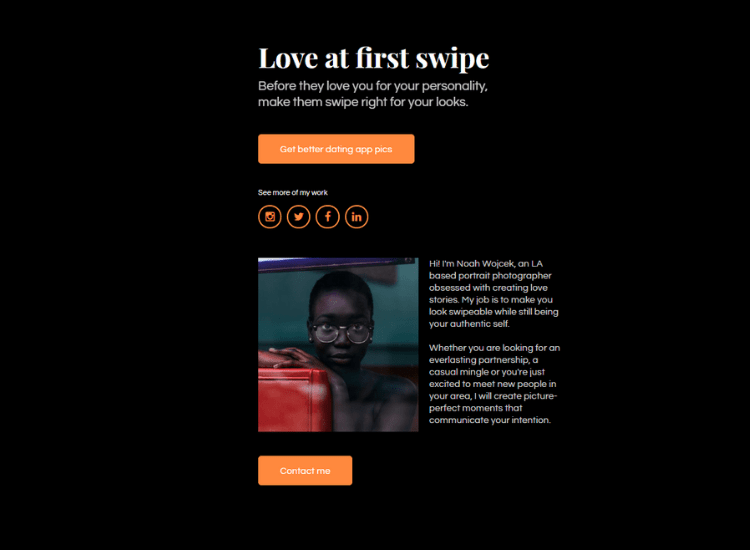
For example, they may have missed a box, and an error code or checkbox animation will let them know.
Forms should be fun and enhance a user’s experience.
Simple features include button responses when hovering and progress bars, which are the easiest ways to integrate a bit of fun.
Or, you could go further with the animation and use videos, images, or GIFs. Why not? They add entertainment to the form and will encourage a user to stay engaged.
2. Use An Edgy, Playful Tone
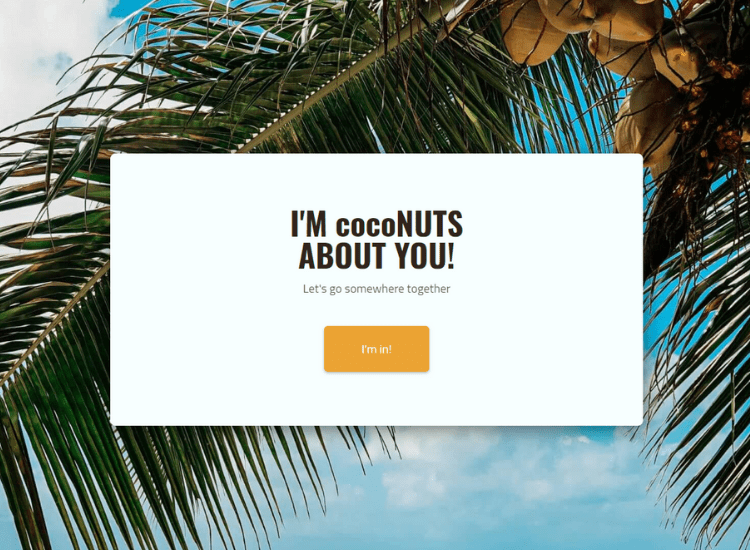
A common misconception for an online form, or website for that matter, is that companies should talk to their customers in a corporate or professional tone.
Just because you are a corporation does not mean you have to speak formally to customers. Instead, an edgy and playful tone can offer a more welcoming approach.
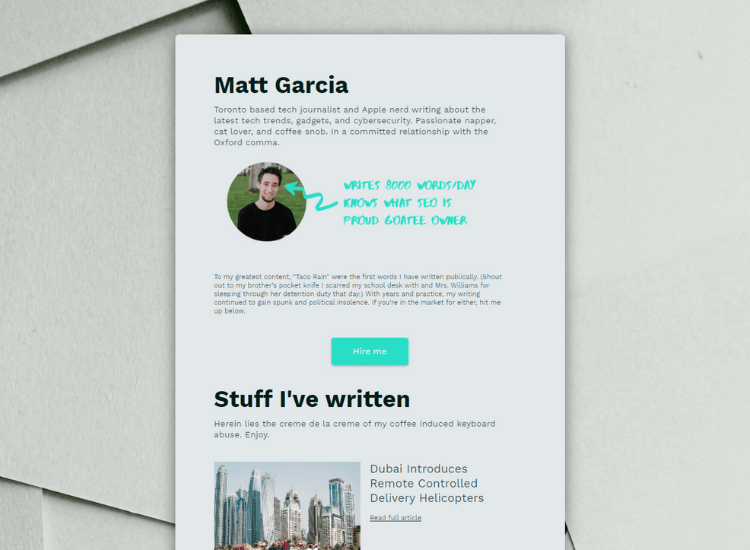
When a customer visits a website, they want to feel welcomed. A playful voice is more friendly, and users will find it refreshing.
They will feel encouraged to contact you through a form as your company will appear more approachable.
Fun is often lacking in online forms, so adding a fun element will help improve your customer’s experience on a psychological basis.
If you think back to the last time you filled out a form. The one you most likely remember will be the one that sparked fun and entertainment.
You will most likely remember those that were highly dull too. Simply because they took so much of your time, and you realized you never want to fill out a form like that again.
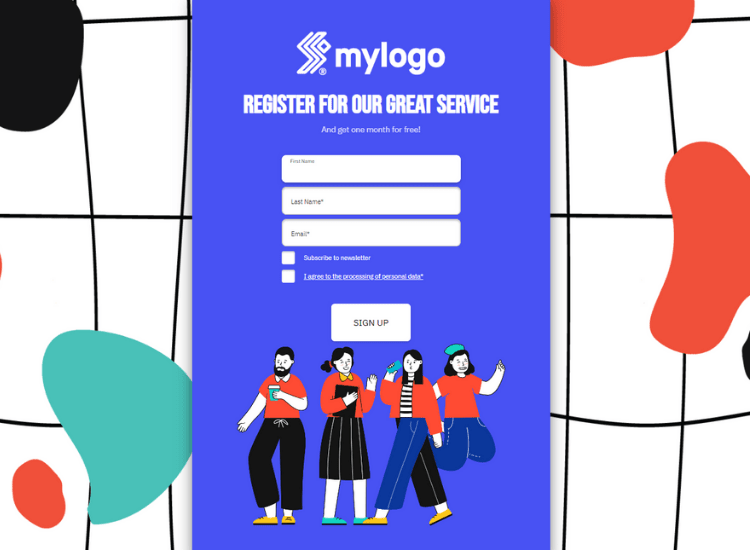
As most of us have experienced a fun and dull online form before, you will know how important it is to stay engaged.
Have you ever been midway through a form and wanted to click off because it was lengthy and dull?
If you are nodding yes, you will not want your form to be like that.
You will also realize how friendly and fun tones can help you feel welcomed to a form and make you feel personally understood by the company, which you will want to portray in your company’s forms.
Take notes of the times you have felt most entertained. Look back at those pages and replicate the same sense of fun and playfulness in your form.
You could even use jokes or play-on-words to help your audience feel like part of an “inside joke.” This will help them feel clever and not left out.
It will make them remember you and help them feel connected with your company while filling out the form.
A fun, edgy tone will feel more human than standard computer logic. Thus, it will help your customer feel more engaged, just like they would be in a conversation through face-to-face interaction.
3. Ask Less
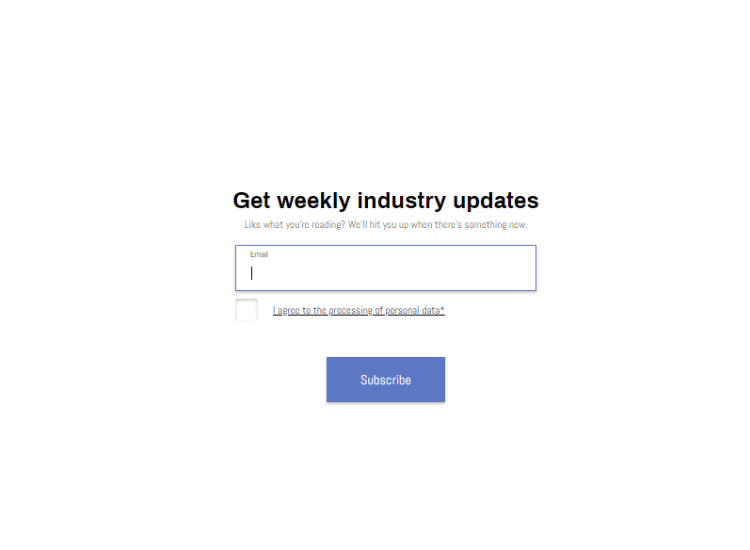
Users stay engaged with short and snappy interactions. For example, animation should be short and sweet so that customers do not get bored. The same goes for the words they need to read.
Using questions and phrases in their shortest version will help the words be more accessible to understand for the customer to breakdown.
Lengthy paragraphs will either cause the customer to skim-read to question and not answer it thoroughly. Or they will feel disengaged with the form.
To increase the customer’s engagement, you could also integrate a conditional logic approach, asking the customer relevant questions.
If your form consists of many questions and will take the user some time to complete, use multiple pages with short questions.
This will feel easier to navigate and feel like less of a task. Again, you can use images or other animation features to make the form engaging.
Where possible, use animation features as a way to answer the question. Users can quickly get bored of typing.
So, you could give them a slider or picture to click on, which will indicate their answer. Interactive elements and fewer words will increase the fun of the form, which is the aim.
4. Use Oversized, Custom Typography
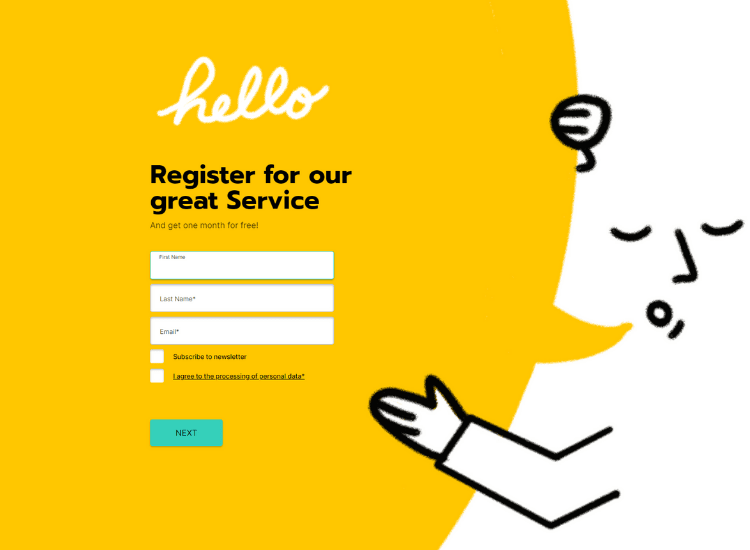
In regards to creating easy-to-navigate eye-catching forms, oversized or custom typography is a simple way to engage customers.
Beautiful fonts that are surrounded by white space are visually appealing and attract a customer’s attention. The fonts and theme should be consistent so that the page does not look too overwhelming.
To be unique and stand out, you could create your typography, making your form more memorable and beautiful. Use Illustrator or an Illustrator Alternative to create custom fonts that will wow your users.
Graphic design can be done in-house and align with your personal preference. After all, it is you who knows your customers and their needs the best.
On the topic of design, colors also contribute to the way customers engage with online content, such as website forms.
Color schemes that are easy on the eye, such as neutral or soft colors, work best to encourage a customer to stay engaged.
Busy forms with lots of colors and a range of fonts can overwhelm customers and reduce their concentration and focus.
You want your customer to stay engaged for as long as possible to complete the form 100% or accordingly.
Large elements and simple design are an effective way to engage a customer and help them concentrate on the form at hand, instead of being distracted by multiple elements or a busy design.
5. Embrace 2021’s Leading Styles

Like in any business, forms should align with 2021’s leading styles. You will not want your form to look out-dated or dull. You aim to engage customers with fun forms, right?
So, using emerging styles that are current will be more appealing for customers in all age ranges.
The new generations want technology to offer them instant results. Thus, animation that disguises loading time can work as entertainment, which will keep younger users engaged for longer.
Older audiences may feel obliged to stay and wait. However, you will want to engage users of all ages.
Similarly, you won’t want any distracting features. Minimalism is a huge trend right now in every industry. Therefore, take it upon yourself to ensure your form is minimal with no distractions.
Geometric designs that appear symmetrical with white space are engaging for any user.
It makes the page appear linearly, which increases the page’s flow to make it easier for the user to navigate and consume.
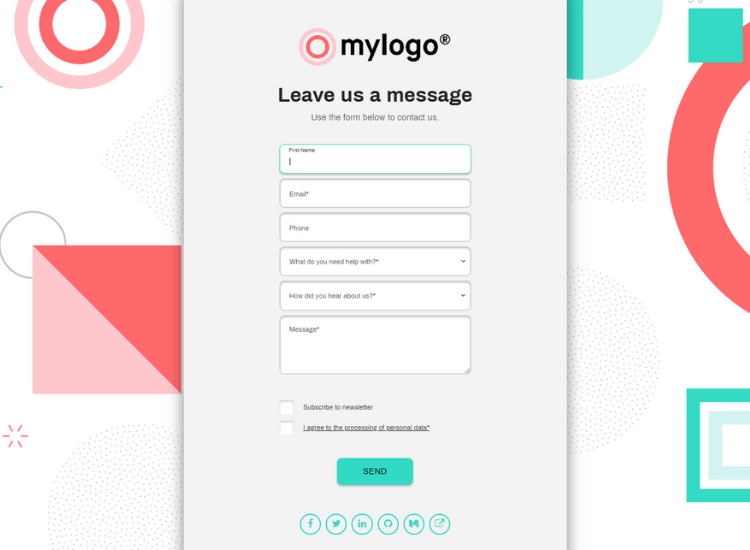
If you want to attract the customer to a particular element, do so with beautiful imagery, animation, or custom graphical features. Make elements stand out with white space, not dull colors.
The online space is taking over the need for physical magazines and newspapers. Yet, the design elements are still relevant. You could use textured backgrounds.
Create nostalgia in your design to make the form feel familiar, just like a paper form would appear.
This may be useful for older customers and may be easier on the eye than bright white space. It all depends on your customer base and their preferences.
Similarly, you could also use nostalgic jokes and tones that engage a younger audience. You could relate to a specific era.
If most of your audience grew up in the 90s, for example, you could make them feel understood by harkening back to 90s nostalgic tones like Google "beta" or the OG Amazon.com.
These touches are not only whimsical and fun, but they also help specific audiences to feel a personal connection to your brand.
One final thing: always test your form on yourself and others before sharing. You won’t want to publish a form that is not working correctly, lacks the right features, or isn't engaging.
Ask for feedback on flow, engagement, and overall experience to help create the perfect form. By testing on others, you’ll improve your entire form design process, not just one form.
In summary, fun features are those that are dynamic, unique, and playful.
Integrating animation, fewer words, and graphical design are the visual elements you may want to focus on to make your form more fun.
For written content, make it short and sweet. Your customers will want the form to be as easy as possible to read and complete.
The next generations will want forms and online content to be even more instant and fun, so be playful to help users stay engaged.
Get Started with Multi-Step Forms
With One Of Our 300+ Responsive Form Templates
Coworking Cost Calculator Template
Request Collection Form for CPG & DTC Template
Giveaway Form for Marketing Agencies Template
Email Subject Line AI Generator Template
Event Sign-Up Form For Online Magazines and News Websites Template
Careers Page Template
Author
Darya Jandossova Troncoso is a photographer, artist, and writer working on her first novel and managing a digital marketing blog - MarketSplash. In her spare time, she enjoys spending time with her family, cooking, creating art, and learning everything there is to know about digital marketing.
